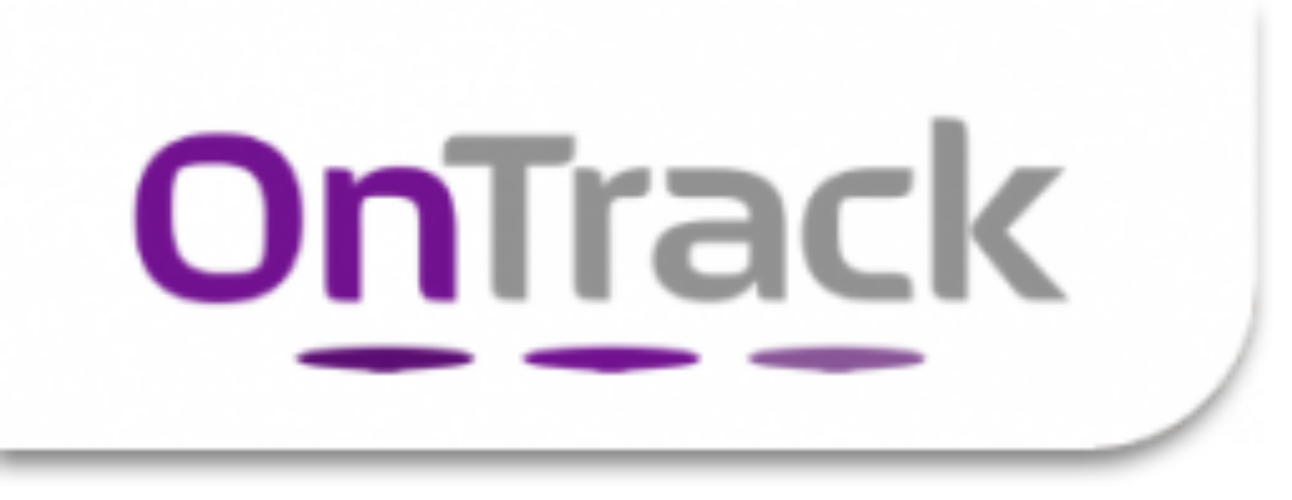Having been part of the learning technology industry in various guises over the past few years I have come to excitedly look forward to this time of the year – Learning Technologies at Olympia time!
My journey of working with learning technology started back in the late noughties, representing a global training organisation who were amongst the first to embark and embrace the technology of truly virtual classrooms. Bringing it to a mass-market and offering what felt like the closest to an in-class experience one would get without actually physically sitting within the four walls of the classroom, it was a steep learning curve – for us selling the solution as much as for our clients and the delegates attending our virtual programmes.
Virtual classrooms have come a long way since they were first introduced. One of the lessons we all learnt along the way – clients, delegates and us delivering the learning – was that technology ought to be carefully introduced where it can deliver the greatest impact – for example by way of offering access to learning where access otherwise might have been prevented or non-existent; be it from a budget point of view, disability, geographical location or as often was the case with my clients back then – circumnavigating costly VISA applications for our instructors or clients’ delegates coupled with inflexible and costly customs procedures when shipping our equipment and people around the world.
Successful virtual classroom solutions, with time, have become impressive in intuitive ease of use and are now very successful thanks to the careful attention they offer in response to users’ requirements, and the problems they were put in place to solve. When successfully applied they are not attempting to be everything to everyone – they attempt to be the best solutions around, solving clearly defined requirements for those who really need it.
Customers who did not fall into the identified needs category and who wanted the solution we were offering thanks to the glossy print on ‘the tin’ were more often than not left frustrated and deflated. At times the virtual route created more problems than it actually solved. Common points for careful consideration could be compatibility issues, bandwidth issues, no shows and delegate distraction (i.e. they attended but could not leave ‘Candy Crush’ alone on their iPad at the same time…).
All issues, you may think, would be the same whatever the context, which to a degree would be a correct assumption. However, if you are an employee of a big multinational company based out in Nigeria where many learning providers have a no-go policy and the supply of high-calibre consultants and coaches is low, the opportunity for learning may be few and far between. You may be employed by a blue-chip company based in the West but with a large outsourced employee population based in Manila, Pune or perhaps Chennai fulfilling services of imperative value to the employer and require both bespoke and technical training but where the cost of putting an instructor on the ground in your local office may be prohibitive. In both scenarios you are likely to behave differently from your colleagues in the West when the opportunity to learn – any kind of learning – comes your way.
We found that the hunger to participate in the quality learning provided in those circumstances was greater than the desire to waste the opportunity by succumbing to other distractions available (read ‘Candy Crush’). For those delegates, the time spent in resolving any compatibility and/or technical issues justified the end thanks to a real need and desire for the technology to deliver.
The same can be said for the excellent online learning solution we now provide through our technology partner. In its key role, a just-in time library or toolkit of hands-on resources supporting managers and leaders in their day-to-day roles tying nicely with the 70/20/10 learning framework. In its extended role(s) a powerful entry-point to a world of opportunities, via a portal that can be made bespoke to support a whole raft of needs and requirements. No two client set-ups are ever the same and by seeing how each new client makes the solution dovetail into their businesses and how it is put to work to solve real problems, I have learnt an enormous amount about the careful needs analysis that took place by our most successful clients; those who get the greatest return on their investment.
As in the virtual classroom example, the key lesson learnt was that unless a client fully understands the problems they need to solve at their end, the road to successful execution and user engagement of the investment they make with us could at times be long.
My role is exciting in that OnTrack works with a number of niche suppliers – all experts in their fields and the process starts and ends with my clients’ real requirements. On the basis of the symptoms, issues or behaviours we are trying to change or the key contextual or geographical challenges our clients bring to us, we can reach out to our portfolio of partners with clear needs identified and blend the best of the technology available with the intellectual expertise and training we provide from our end. We would only suggest a partner solution if we saw a real need and apply technology where we think it will offer real impact.
I attended Learning Technologies (the exhibition) a couple of weeks ago, to a certain extent making my way through the stands like a puppy off the leash for the first time, tail wagging and sniffing out all the exciting products on display – wanting to touch, feel and play with everything and anything that came into view. Officially and on a more serious note, however, exploring potential partners in response to a technology solution we at OnTrack think it would be valuable to offer our clients in the future.
In my guise of client looking for a solution (and not just new exciting toys to play with), I fully appreciate how easy it is to be led astray by everything that is on offer. Despite my home-work beforehand and careful selection of suppliers to talk to, I found one supplier after the other offering me the all singing, all dancing ‘next big thing’ without really trying to understand what problems at our end their technology would or could solve.
As I could hear the thoughts churning away in my head saying ‘how can I find a way to make this exciting solution work for OnTrack’ rather than ‘how can this solution provide the answer to the service solution OnTrack already has in mind’, I realised that my colleagues and I have a little bit further to do and a little bit more in-depth user requirements analysis to be done, before I make contact with my colleagues in the industry again.
To become a success, it is important that the solution we pick is not just singing and dancing – plenty of products are. The solution we pick must be singing and dancing for us!



